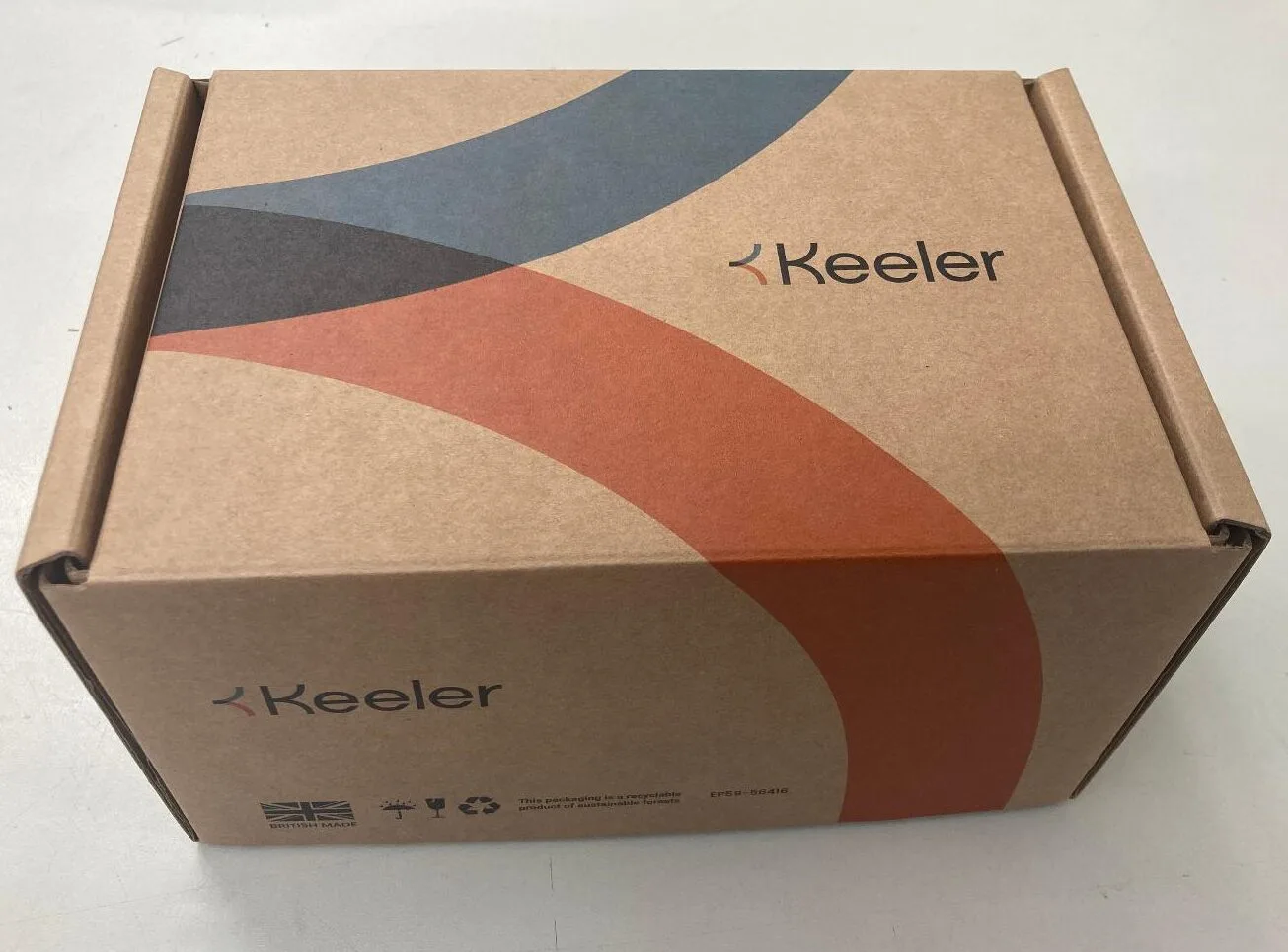
The Color Vision Testing Supplies Every Ophthalmologist Needs

Since color blindness is not a disease but a condition, color vision testing isn’t taken as seriously by patients — or sometimes even by ophthalmologists. Color blindness isn’t even actual blindness in over 90% of affected individuals, but rather a deficiency of hues in the spectrum that a person is able to process.
And though it may not get much attention as a threat to the general well-being of the public, patients should indeed get tested. And to help out, every ophthalmologist should carry the following color vision testing supplies.
Ishihara Color Vision Testing Plate Set
The Ishihara test is the most commonly recognized test; schoolchildren all over the world will likely have seen it at some point, though perhaps never in a formal individual testing situation.
The test is a set of plates with colored dots that, in normal vision, show numbers or letters or other images. This ophthalmology test is used to help determine color deficiency when a patient is unable to discern the images in the dot matrix.
These color-dotted plates test for protan and deutan defects. The red dots with the green dots that form the number seven, for example, will be obvious to a normal-vision person — but will not appear to show anything at all to a Strong Deutan.
There are varying degrees, of course, so the Ishihara is not the strongest test for determining severity; it’s a better indicator of whether or not the color vision deficiency exists at all. Again, it’s easy for someone to go through life without realizing they have the deficiency at all.
But in some professions, it’s important to be aware of any color vision deficiencies. The Ishihara test is ideal for commercial or industrial color screening, for example. Of course, images of these tests can be found all over the Internet. So why purchase this product at all?
Primarily because a professionally printed version will help ensure better results (a computer screen emits light, and is quite different from seeing the test on a page). At the same time, presentation matters. Ophthalmologists build trust with professional, high quality materials in the clinic, and trust is necessary to convince some patients to take the test at all.
3rd Edition City University Color Vision Test
The City University Color Vision Test is derived from another popular color arrangement book and improves upon it. It is a book of plates displaying one central color and four peripheral colors. The idea is for the patient to select which of the four peripheral dots most closely resembles the central dot.
This color vision testing solution is intended to determine severity of deficiency in color vision. The City University Color Vision Test shows colors in the protan, deutan and tritan spectrums. On these plates, differences are stronger in the green and red areas. The City University test also assesses patients with blue-yellow color blindness.
The purpose of this test is to gauge the level and degree of the color vision deficiency for further diagnosis and what treatment — if any — can be employed for various outcomes. The test is somewhat based on the assumption or a previous assessment.
Significant tritan vision deficiencies can be found when the test is used collaboratively with the Ishihara color vision test. Patients with only mild color vision deficiency will most likely pass the City University test. As sold by Keeler, the City University test also comes with a screening option. You can order the test online or contact Keeler at 800-523-5620.
Scientific and interpersonal improvements are ongoing in any scientific field, and ophthalmology is no exception. The third edition of the City University test is the most advanced to date. It is more accurate in helping ophthalmologists assess patients’ conditions, and swifter to carry out, which is more convenient for patients.
Why Use Color Vision Testing Supplies?
Though a small percentage of people suffer from color blindness, it’s important to get tested. Sometimes the condition is genetic and present since birth. Other times, color blindness can be gradually acquired later in life, caused by a variety of factors, including diseases like diabetes or multiple sclerosis. Roughly 1 in 200 women worldwide are color blind to some degree, and roughly 1 in 12 men are color blind.
So, while it may not seem like an overwhelming necessity to the majority of ophthalmologists to be prepared to assess patients for color blindness, it may indeed be of great importance to the patient. So be prepared, and don’t get caught without these essential clinic color vision testing supplies!
Contact Keeler for Color Vision Testing Supplies
When it comes to helping your patients see the world in full color, Keeler Ophthalmic Instruments will help ensure you have everything you need. We are the leading manufacturer of a range of cutting-edge ophthalmic instruments, including:
- Binocular Indirect Ophthalmoscopes
- Bulbs & LEDs
- Cryo Systems
- Sight and Color Vision Testing
- Surgical Loupes & Lights
- Slit Lamps
- Diagnostic Hand Instruments
- O.R. Accessories
- Pachymeters
- Tonometry equipment
- Ultrasound Equipment
- And more
Contact Keeler Ophthalmic Instruments today to learn more about any of our equipment.




